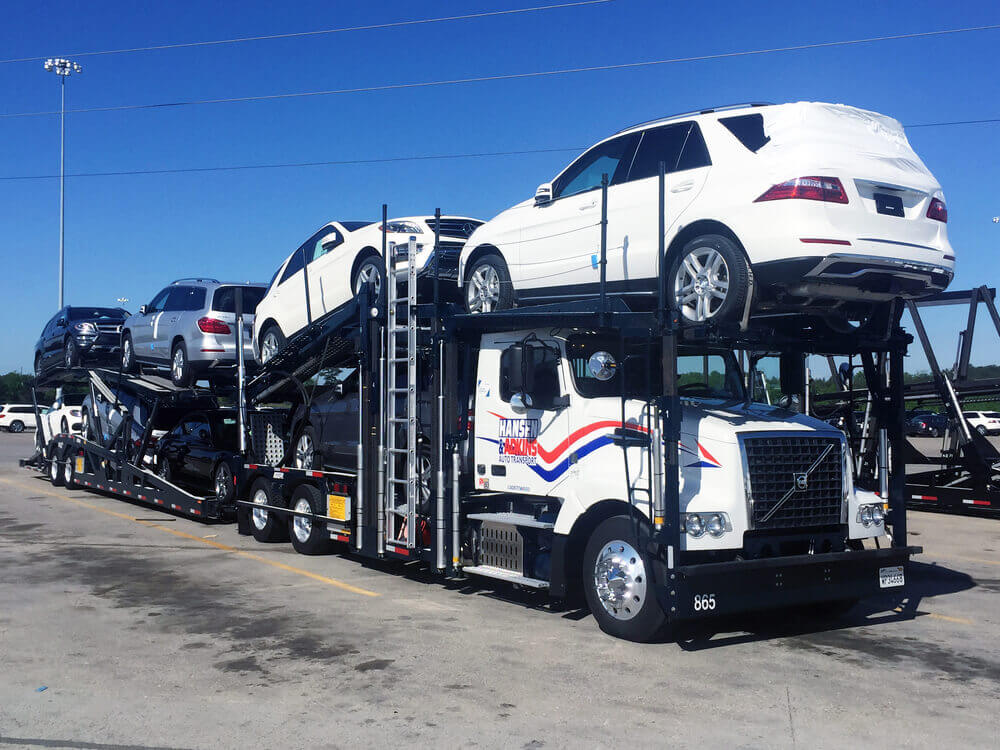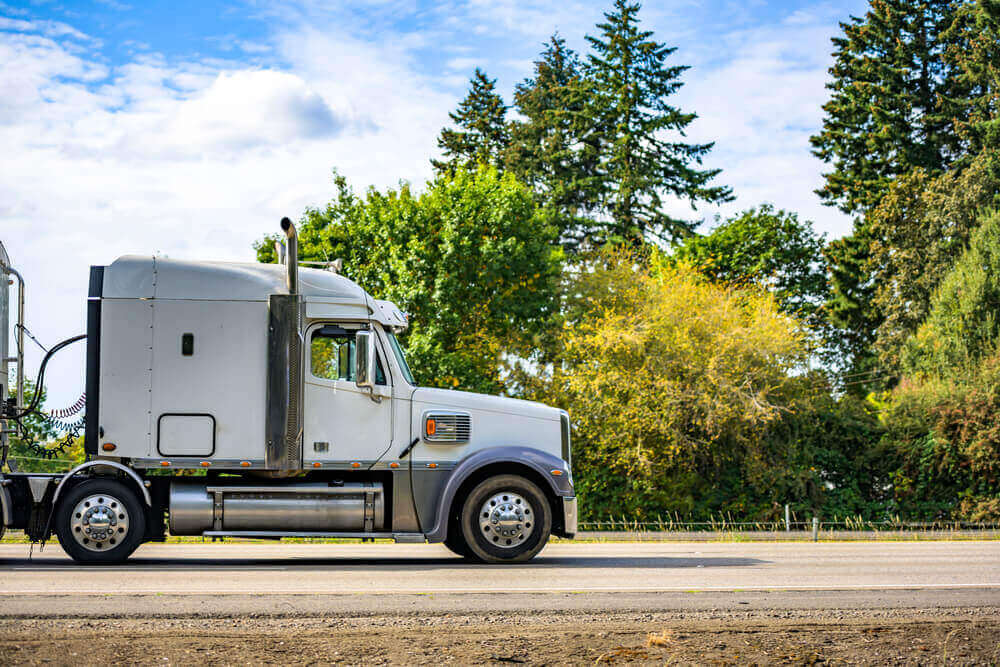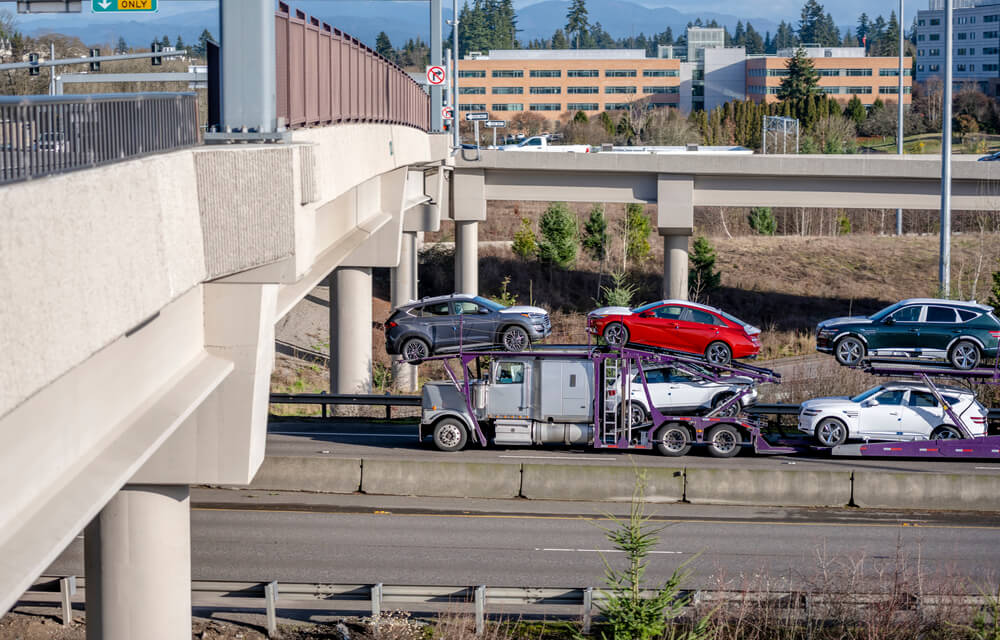Complete Pest Control Services in Springfield MO | Book Online Now
Complete Pest Control Services in Springfield MO | Book Online Now
Pests can disrupt your home, threaten your health, and damage your property. Whether it’s a few ants in the kitchen or a full-blown termite problem, our complete pest control services in Springfield MO are designed to eliminate the issue and prevent it from coming back. Licensed, local, and experienced, we’re ready to protect your space—residential or commercial.
Full-Service Pest Control You Can Count On
We provide comprehensive pest control solutions tailored to your unique situation. Our licensed technicians use targeted treatments and prevention strategies to get pests out and keep them out—for good.
We treat:
- Ants and carpenter ants
- Cockroaches
- Spiders, including brown recluse
- Rodents: mice and rats
- Termites
- Wasps and hornets
- Bed bugs
- Fleas and ticks
- Pantry pests and silverfish
From one-time visits to year-round protection, we offer service plans for every need and budget.
Residential Pest Control in Springfield MO
Your home should be a safe, clean, and pest-free space. Our residential services are designed to protect every area of your property—from basements and attics to kitchens and outdoor spaces.
Service highlights:
- Interior and exterior inspections
- Custom treatment plans for your home
- Safe products for families and pets
- Seasonal protection and barrier treatments
- One-time or scheduled maintenance services
We act quickly, treat effectively, and always clean up after ourselves.
Commercial Pest Control for Springfield Businesses
Pests can jeopardize your business reputation, safety standards, and customer experience. We help Springfield businesses stay protected with reliable commercial pest management that’s fast, discreet, and results-driven.
Industries we serve:
- Restaurants and cafés
- Offices and retail shops
- Warehouses and logistics centers
- Property management and real estate
- Schools and daycare facilities
We customize service plans based on your property, foot traffic, and compliance needs—keeping your space pest-free and fully operational.
Termite Inspection and Control
Termites are a major threat in Missouri, capable of causing thousands of dollars in structural damage. Our termite services include:
- WDIR reports for home sales
- Baiting systems and liquid treatments
- Foundation and soil protection
- Annual monitoring options
Early detection is key—book an inspection online today to prevent costly surprises.
Rodent Control and Prevention
Rodents chew, nest, and contaminate surfaces. Our rodent control service focuses on both elimination and prevention.
We provide:
- Safe trap and bait setups
- Sealing of entry points
- Crawlspace and attic inspections
- Sanitation and exclusion recommendations
We don’t just catch rodents—we help stop them from ever coming back.
Bed Bug Elimination
Bed bugs are tough to eliminate without professional help. We use advanced tools and proven techniques to clear them out efficiently.
Services include:
- Thermal heat treatments
- Targeted chemical applications
- Mattress and furniture treatments
- Full-room inspections
- Follow-up support when needed
Discreet, effective, and fast—perfect for homes, hotels, and rentals.
Book Online, Get Fast Service
Scheduling is simple. Use our online booking system to:
- Choose your preferred service
- Select your desired date and time
- Get immediate confirmation
- Receive technician updates and reminders
Same-day and next-day appointments available. We respect your time—and we show up when we say we will.
Safe, Eco-Friendly Products
Our treatments are effective without compromising safety. We use EPA-registered, low-toxicity products that are safe for families, pets, and the environment. Ask us about our green pest control options if you prefer a non-chemical approach.
Treatment features:
- Low-odor and residue-free products
- Targeted applications with precision
- Preventive strategies to reduce need for repeat visits
Ongoing Pest Management Plans
Want consistent protection all year? Our recurring service plans include:
- Quarterly or bi-monthly visits
- Exterior barrier treatments
- Interior spot checks as needed
- Free re-service between visits if pests return
- Discounts on specialty treatments
Schedule Your Complete Pest Control in Springfield MO Today
Ready to take control of your space? Book your appointment online now and let our local experts handle the rest. Fast, professional pest control in Springfield MO is just a click away.




















